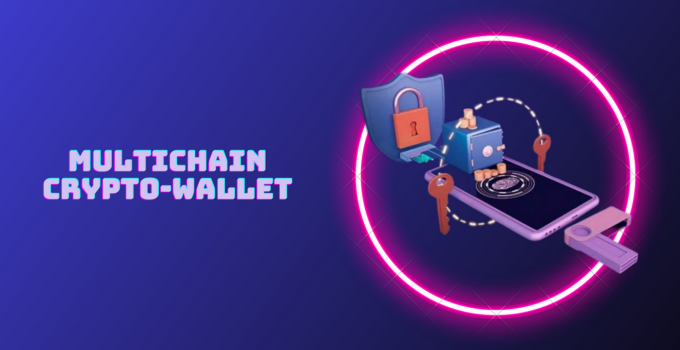In the rapidly evolving landscape of digital finance, the advent of multichain wallets has emerged as a pivotal development, addressing a critical need for seamless interoperability across diverse blockchain networks. These sophisticated tools empower users to manage a spectrum of cryptocurrencies from a single interface, eliminating the cumbersome necessity to rely on multiple wallets for different assets. As the blockchain ecosystem expands, encompassing an ever-increasing array of networks, the utility of multichain wallets has become indisputable.
They not only offer a streamlined approach to asset management but also enhance security measures and facilitate access to a wider range of decentralized finance (DeFi) services. This article delves into the essence of multichain wallets, elucidating their functionality, the inherent advantages they offer, and guiding users through the nuanced process of selecting the optimal solution tailored to their specific needs in the digital asset domain.
Page Contents
Understanding Multichain Wallets
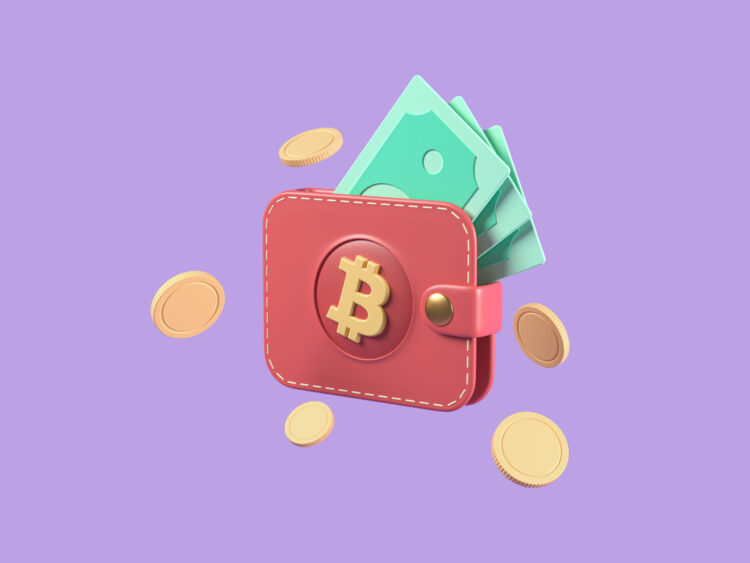
Source: abra.com
At the core of the multichain wallet concept lies its ability to provide an integrated platform for managing digital assets across multiple blockchain networks. Unlike traditional single-chain wallets, which confine users to transactions and storage within a singular blockchain, multichain wallets break these boundaries, fostering an environment of unparalleled flexibility and efficiency in asset management. These wallets employ advanced cryptographic algorithms to secure private keys, the critical element for accessing and transacting cryptocurrencies, while offering an intuitive interface for monitoring and managing a diversified portfolio of digital assets.
Multichain wallets leverage the principles of interoperability, a cornerstone in the development of the blockchain ecosystem, to facilitate seamless transactions across distinct networks. This interoperability is achieved through sophisticated protocols that enable wallets to interact with different blockchain architectures, thus accommodating a wide range of cryptocurrencies. The significance of this feature cannot be overstated, as it directly addresses the fragmented nature of the current blockchain landscape, offering a cohesive solution to the challenges of asset consolidation and cross-chain transactions.
Moreover, multichain wallets introduce a higher degree of security by consolidating asset management. Users benefit from reduced exposure to phishing attempts and hacking risks associated with managing multiple wallets and keys. The unified approach also simplifies backup and recovery processes, ensuring that users can efficiently safeguard and retrieve their digital assets in adverse scenarios.
The evolution of multichain wallets represents a leap forward in making digital currencies more accessible and manageable for both novice and experienced users alike. By offering a single point of access to a broad array of blockchain networks and DeFi services, these wallets are instrumental in driving the adoption of cryptocurrencies and fostering a more inclusive and interconnected digital finance ecosystem.
The Need for Multichain Wallets

Source: analyticsinsight.net
The digital finance ecosystem is witnessing an unprecedented expansion, with new blockchain platforms emerging at a rapid pace, each offering unique features, advantages, and specific use cases. This diversification, while beneficial for the growth and innovation within the sector, presents a significant challenge for users seeking to navigate this complex landscape. The advent of multichain wallets has become a critical solution in this context, addressing the pressing need for a unified interface that can manage assets across this fragmented ecosystem efficiently.
A prime example of the necessity for such solutions is the increasing popularity of the Polygon (MATIC) network, known for its scalability solutions and lower transaction fees. Users interested in leveraging the benefits of the Polygon ecosystem, along with other blockchains, require a dogecoin wallet online that also supports multiple chains. This need underscores the broader demand for multichain wallets capable of simplifying the management of digital assets across various networks without compromising on security or functionality.
Multichain wallets cater to this demand by offering a seamless, integrated experience, enabling users to interact with multiple blockchains, participate in DeFi platforms, and manage a diverse portfolio from a single access point. The significance of these wallets extends beyond mere convenience; they are pivotal in enhancing user engagement with blockchain technologies, fostering adoption, and facilitating the smooth transition of traditional finance users into the realm of digital currencies. The ability to operate across multiple chains without the need for multiple wallets or interfaces streamlines the user experience, making it more intuitive and less daunting for newcomers to the cryptocurrency space.
Furthermore, the evolution of blockchain technology and the emergence of new platforms highlight the ongoing need for adaptable and flexible financial tools. Multichain wallets, by design, are built to accommodate this constant flux, offering support for new chains and tokens as they become available. This adaptability ensures that users remain at the forefront of blockchain innovation, equipped with the tools necessary to navigate the future landscape of digital finance.
Features to Look for in a Multichain Wallet
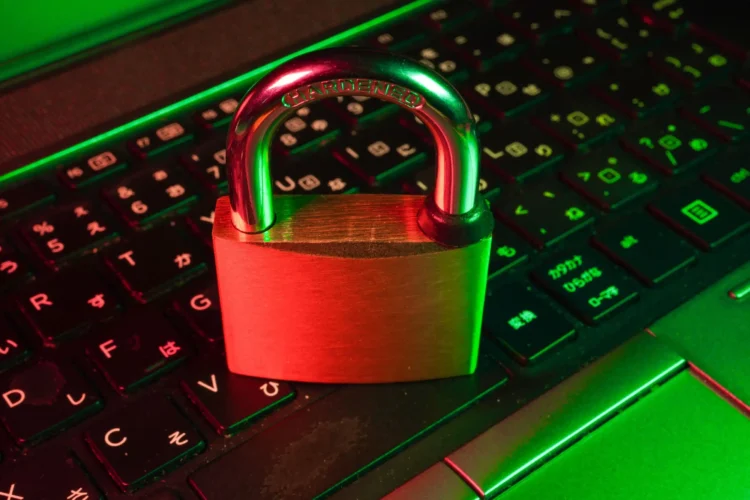
Source: obvious.technology
Selecting the optimal multichain wallet necessitates a discerning evaluation of its features, functionalities, and the security framework it employs. The right wallet not only enhances the user experience through intuitive navigation but also ensures robust protection and support for a wide array of digital assets. Here are the essential features to consider when choosing a multichain wallet:
Comprehensive Security Measures
The paramount concern for any cryptocurrency holder is security. A competent multichain wallet must offer state-of-the-art security features, including but not limited to, two-factor authentication (2FA), multi-signature support, and hardware wallet integration. Encryption techniques to safeguard private keys and sensitive data within the application are indispensable, ensuring that users’ assets are protected against unauthorized access and cyber threats.
Broad Blockchain and Asset Support
The essence of a multichain wallet lies in its ability to support a multitude of cryptocurrencies and tokens across various blockchain networks. This feature allows users to manage a diverse portfolio from a single platform, reducing the complexity and enhancing the efficiency of asset management. The wallet should continuously update its supported assets list, reflecting the dynamic nature of the cryptocurrency market.
User-Friendly Interface
An intuitive and clean user interface (UI) is crucial for ensuring a seamless user experience, especially for those new to the cryptocurrency space. The wallet should offer easy navigation, clear transaction processes, and straightforward asset management tools. Features such as customizable settings, real-time balance and transaction history, and simple asset transfer mechanisms are essential for user satisfaction.
Cross-Chain Functionality
The ability to perform cross-chain transactions directly from the wallet is a significant advantage, enabling users to swap assets between different blockchains without relying on external exchanges. This feature not only simplifies the transaction process but also opens up a broader range of trading and investment opportunities within the wallet’s ecosystem.
Reliable Backup and Recovery Options
A robust backup and recovery system is critical for safeguarding access to a user’s assets in case of device loss, theft, or failure. The wallet should offer a straightforward and secure recovery process, typically through the use of a mnemonic phrase or backup files, ensuring that users can regain access to their funds under any circumstances.
Active Community and Developer Support
The strength and reliability of a multichain wallet are often reflected in its community and developer support. An active community provides valuable feedback, helps identify potential issues, and contributes to the wallet’s continuous improvement. Developer support, including regular updates and patches, ensures the wallet remains compatible with new blockchain technologies and security standards.
Decentralized Finance (DeFi) Access
Direct access to DeFi platforms and services from within the wallet enhances its utility, allowing users to participate in staking, yield farming, and other DeFi activities. This integration supports the broader adoption of DeFi services, making it easier for users to explore and invest in decentralized financial products.
Top Multichain Wallets Comparison
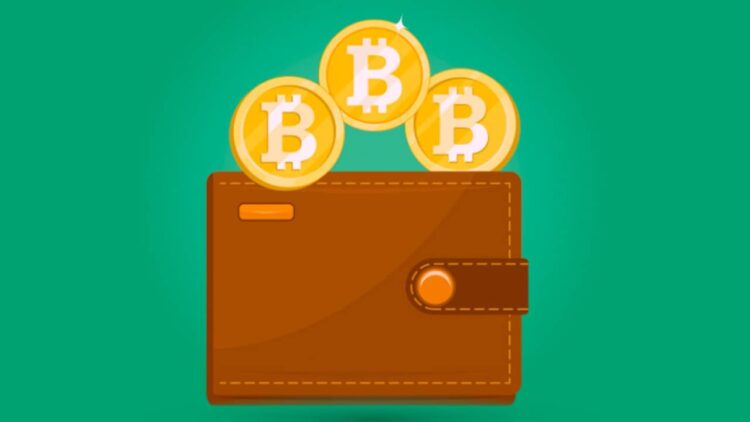
Source: thecollegeinvestor.com
In the realm of cryptocurrency, the right multichain wallet can significantly enhance one’s digital asset management experience. As the demand for such wallets grows, several leading solutions have carved out their niches, each offering unique features tailored to different user needs. This section delves into a comparison of some of the top multichain wallets, focusing on their functionalities, security measures, supported networks, and user interface, to assist users in making an informed decision.
Wallet A: The Innovator
- Functionality: wallet A sets the bar high with its cutting-edge cross-chain capabilities, allowing users to effortlessly manage assets across multiple blockchains. It features built-in exchange services, DeFi access, and smart contract capabilities, making it a comprehensive tool for seasoned investors and new users alike.
- Security: with industry-leading encryption, 2FA, and biometric login features, Wallet A ensures the utmost security for its users’ assets. Its non-custodial nature means users have complete control over their private keys.
- Supported Networks: wallet A supports a broad spectrum of networks, including Ethereum, Binance Smart Chain, Polygon, and many others, catering to a wide variety of cryptocurrency enthusiasts.
- User Interface: its sleek and intuitive interface is designed to simplify the complexities of blockchain technology for its users, providing a seamless experience across various functionalities.
Wallet B: The Security Powerhouse
- Functionality: specializing in security, Wallet B integrates with hardware wallets and offers advanced multi-signature features. It’s tailored for users who prioritize the safety of their digital assets above all else.
- Security: wallet B’s emphasis on security is unmatched, featuring end-to-end encryption, offline transaction signing, and custom security protocols designed to thwart even the most sophisticated cyber threats.
- Supported Networks: while slightly more limited in network support compared to Wallet A, it still includes major blockchains like Ethereum, Bitcoin, and Litecoin, satisfying the needs of most users.
- User Interface: the interface focuses on functionality and security, with a more utilitarian design. It’s user-friendly but with an emphasis on detailed transaction information and security settings.
Wallet C: The User-Friendly Giant
- Functionality: wallet C is renowned for its user-friendly approach, making cryptocurrency management accessible to everyone. It offers basic cross-chain trading, staking, and has a built-in educational platform to assist newcomers.
- Security: providing a balanced approach to security, Wallet C includes essential features like 2FA and mnemonic phrases for recovery, ensuring a secure yet accessible environment for all users.
- Supported Networks: it supports a wide array of networks but shines in its integration with emerging blockchains, offering users the opportunity to explore new digital currencies.
- User Interface: the standout feature of Wallet C is its intuitive and engaging interface, which simplifies navigation and makes managing cryptocurrencies an enjoyable experience.
Comparison Overview
Each of these wallets presents a compelling choice, depending on the user’s priorities. Wallet A is the go-to for those seeking advanced features and broad network support. Wallet B will appeal to security-conscious users, offering robust protection mechanisms and integration with hardware wallets. Lastly, Wallet C is ideal for beginners and those who value ease of use, with its friendly interface and educational resources.
When choosing a multichain wallet, it’s crucial to weigh these factors against personal needs and preferences. The right choice balances security, functionality, and ease of use, providing a tailored solution that enhances one’s engagement with the cryptocurrency world.
How to Choose the Best Multichain Wallet for Your Needs
Selecting the ideal multichain wallet necessitates a tailored approach, considering the unique requirements and preferences of each user. The process involves evaluating a combination of features, security protocols, and user experience aspects to ensure the wallet not only meets but exceeds your expectations in managing digital assets across various blockchains. Here’s a comprehensive guide to inform your decision:
- Assess Your Cryptocurrency Portfolio: begin by examining the diversity of your cryptocurrency holdings. Opt for a wallet that extensively supports the blockchains and tokens you currently own or plan to acquire. Compatibility with a wide range of assets ensures that your investment activities are not constrained by the limitations of your wallet.
- Prioritize Security Features: the security infrastructure of a multichain wallet is paramount. Look for wallets that incorporate advanced security measures such as end-to-end encryption, two-factor authentication, multi-signature support, and regular security audits. The presence of these features significantly mitigates the risk of unauthorized access and asset theft.
- Evaluate the User Interface and Experience: a user-friendly interface is crucial, especially for individuals who are navigating the complexities of managing assets across multiple blockchains. A well-designed wallet should offer intuitive navigation, clear transactional procedures, and accessible asset management tools. This ensures a smooth and efficient user experience, free from unnecessary complexity.
- Consider Cross-Chain Capabilities: for users interested in engaging with multiple blockchain ecosystems, the ability of a wallet to facilitate cross-chain transactions is invaluable. This functionality allows for the seamless exchange of assets between different blockchains, enhancing liquidity and trading opportunities without the need for intermediary platforms.
- Review Backup and Recovery Systems: a robust backup and recovery mechanism is essential for safeguarding your digital assets against unexpected scenarios such as device loss or failure. Ensure the wallet offers a secure and straightforward recovery process, typically through encrypted backup files or mnemonic phrases, to restore access to your assets.
- Research Community and Developer Engagement: a strong, active community and committed development team are indicative of a wallet’s reliability and future growth potential. Community forums, social media presence, and regular updates are good indicators of the wallet’s support ecosystem. Engagement with the user community and responsiveness to feedback contribute significantly to the wallet’s continuous improvement and security enhancements.
- Investigate DeFi and Additional Features: for users keen on exploring decentralized finance (DeFi) opportunities, selecting a wallet with integrated DeFi functionalities can offer direct access to staking, lending, and other DeFi services. Additionally, consider other features such as custom transaction fees, multi-language support, and integration with hardware wallets for enhanced convenience and flexibility.
- Conduct Due Diligence: lastly, conduct thorough research by reading reviews, exploring user testimonials, and participating in community discussions. Pay attention to any reported issues or challenges to gauge the wallet’s performance and reliability from a user perspective.
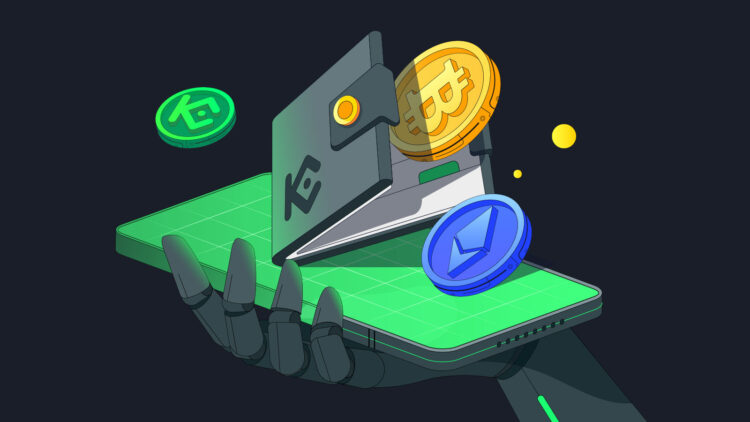
Source: linkedin.com
Choosing the best multichain wallet is a critical decision that influences your cryptocurrency management and security. By meticulously considering your specific needs, prioritizing security, and assessing the wallet’s features and community support, you can select a wallet that not only meets but exceeds your requirements, facilitating a secure and efficient digital asset management experience.
In conclusion, the emergence of multichain wallets marks a significant milestone in the evolution of digital asset management, offering a seamless, secure, and efficient way to navigate the increasingly complex landscape of blockchain technology. These sophisticated platforms are not just tools for storing and transacting in cryptocurrencies; they are gateways to a vast and diverse universe of blockchain ecosystems, enabling users to maximize their engagement with digital finance.
The process of selecting the best multichain wallet is nuanced, requiring a careful assessment of one’s specific needs, preferences, and security concerns. By prioritizing features such as robust security measures, broad blockchain and asset support, user-friendly interfaces, and cross-chain functionality, users can make informed decisions that align with their cryptocurrency management goals.
Moreover, the importance of a supportive and active community, along with committed developer engagement, cannot be overstated. These elements are crucial for the wallet’s adaptability, reliability, and continuous improvement, ensuring that it remains at the forefront of blockchain technology developments.
As the digital finance landscape continues to evolve, the role of multichain wallets will undoubtedly become more integral. They not only simplify the management of a diversified portfolio of digital assets but also foster greater adoption of cryptocurrencies and blockchain technologies. By making informed choices today, users can secure their digital asset management needs for tomorrow, leveraging the full potential of blockchain technology in a secure, efficient, and user-friendly manner.
Embracing the multichain wallet is more than a convenience; it is a strategic decision that positions users to capitalize on the vast opportunities within the digital finance ecosystem. As we move forward, the continuous innovation and enhancement of multichain wallets will play a pivotal role in shaping the future of digital asset management, making it more accessible, secure, and aligned with the needs of a global user base.

